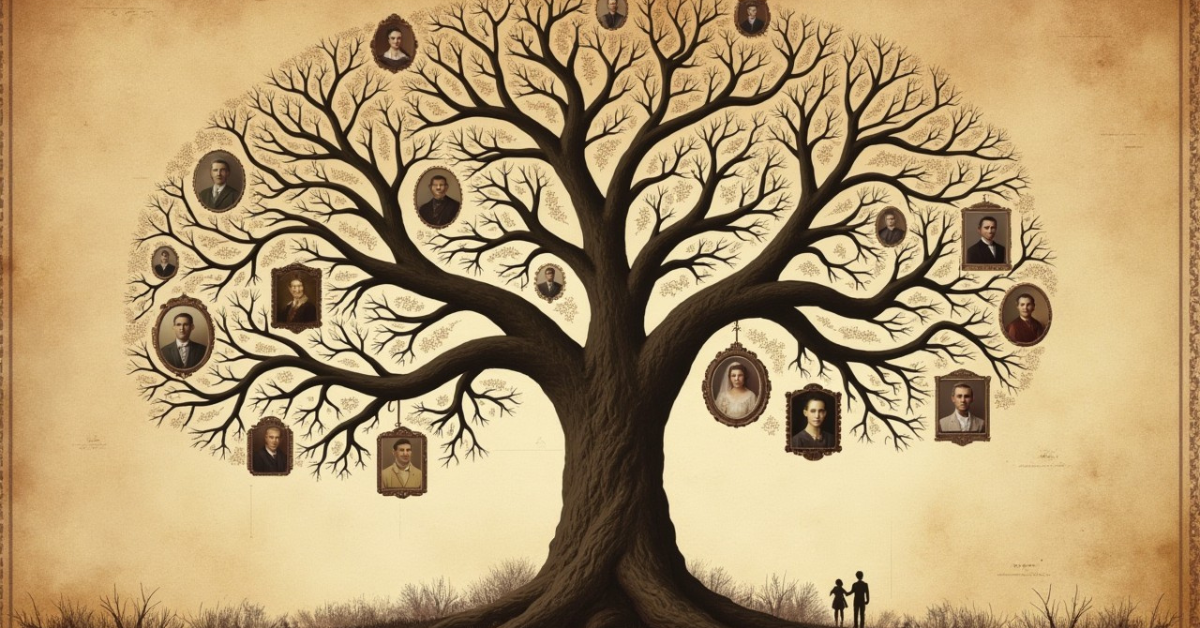Familytree: 9 Powerful Ways to Uncover Your Roots Fast
Curious about where you come from? Whether you’re building your familytree from scratch or diving deeper into your heritage, this guide will help you navigate the journey with confidence. Understanding your lineage can be a deeply rewarding experience—revealing stories, connections, and traditions that shape who you are today.
Table of Contents
In this post, we’ll walk you through 9 powerful ways to uncover your roots fast using modern tools, proven techniques, and a little curiosity. Let’s dive into your family’s past—starting now.
1. Start with What You Know
Before jumping into online ancestry search tools, begin at home. Write down:
- Full names of your parents and grandparents
- Birthplaces and important dates
- Family anecdotes and traditions
This simple start creates the backbone of your familytree and often uncovers leads you didn’t realize you had.
2. Interview Family Members
Conversations with older relatives can be goldmines of information. Ask about:
- Migration stories
- War records
- Marriage details
- Forgotten relatives
Record these stories—they add emotional depth to your tree and often point you to places worth researching further.
3. Use Online Ancestry Search Tools
There are powerful websites dedicated to helping you trace family history, such as:
| Tool | Features | Best For |
| Ancestry.com | Vast historical records | Building full profiles |
| MyHeritage | Global data | Multilingual searches |
| FamilySearch | Free public records | Beginners |
Many offer DNA testing that connects you to distant relatives, helping you build a family tree with both documents and DNA.
4. Explore Government Records
Don’t underestimate public archives. You can access:
- Birth and death certificates
- Immigration documents
- Census records
- Military service files
Sites like Archives.gov and CDC Vital Records can give you official proof to back up family stories.
5. Join Genealogy Forums and Groups
Facebook groups and forums like Reddit’s r/Genealogy or Genealogy.com offer:
- Tips from experienced researchers
- Clues for breaking through “dead ends”
- Collaborative community input
These are great for crowdsourcing information when you’re stuck.
6. Search Old Newspapers and Yearbooks
Old newspapers can reveal:
- Birth announcements
- Obituaries
- Marriage notices
- Community involvement
Use resources like Newspapers.com or Chronicling America to fill in personal stories beyond the dates and documents.
7. Visit Cemeteries and Historical Societies
Headstones and cemetery records often hold forgotten details. Local historical societies may offer:
- Family records
- Photos and maps
- Historical context for your ancestors’ lives
This hands-on approach adds a personal connection to your familytree journey.
8. Organize with Family Tree Software
As your information grows, keep things neat with software like:
- Family Tree Maker
- Gramps
- RootsMagic
These tools help you visualize your data and prevent information overload.
9. Preserve and Share Your Legacy
Once you’ve traced your familytree, preserve it:
- Create a digital family album
- Share stories with relatives
- Print a family history book
Your discoveries are more than data—they’re a legacy.
Frequently Asked Questions (FAQ)
What is the best free tool for building a familytree?
FamilySearch.org is a top free option with millions of accessible records and an easy interface.
How do I find relatives I’ve never met?
DNA testing through AncestryDNA or 23andMe can reveal matches and allow you to connect securely through their platforms.
What’s the difference between a family tree and genealogy?
A familytree is a visual representation of your ancestry, while genealogy is the study and research of your family’s lineage and history.
Conclusion
Building your familytree isn’t just a hobby—it’s a journey of self-discovery. From interviewing relatives to using advanced genealogy tools, each step brings you closer to understanding your roots.
Ready to begin? Start with one of the tips above and let the journey unfold.
Have questions or stories to share? Drop them in the comments or tag us on social media. We’d love to hear about your heritage adventure.
Any other feedback or suggestions?
There are no reviews yet. Be the first one to write one.







